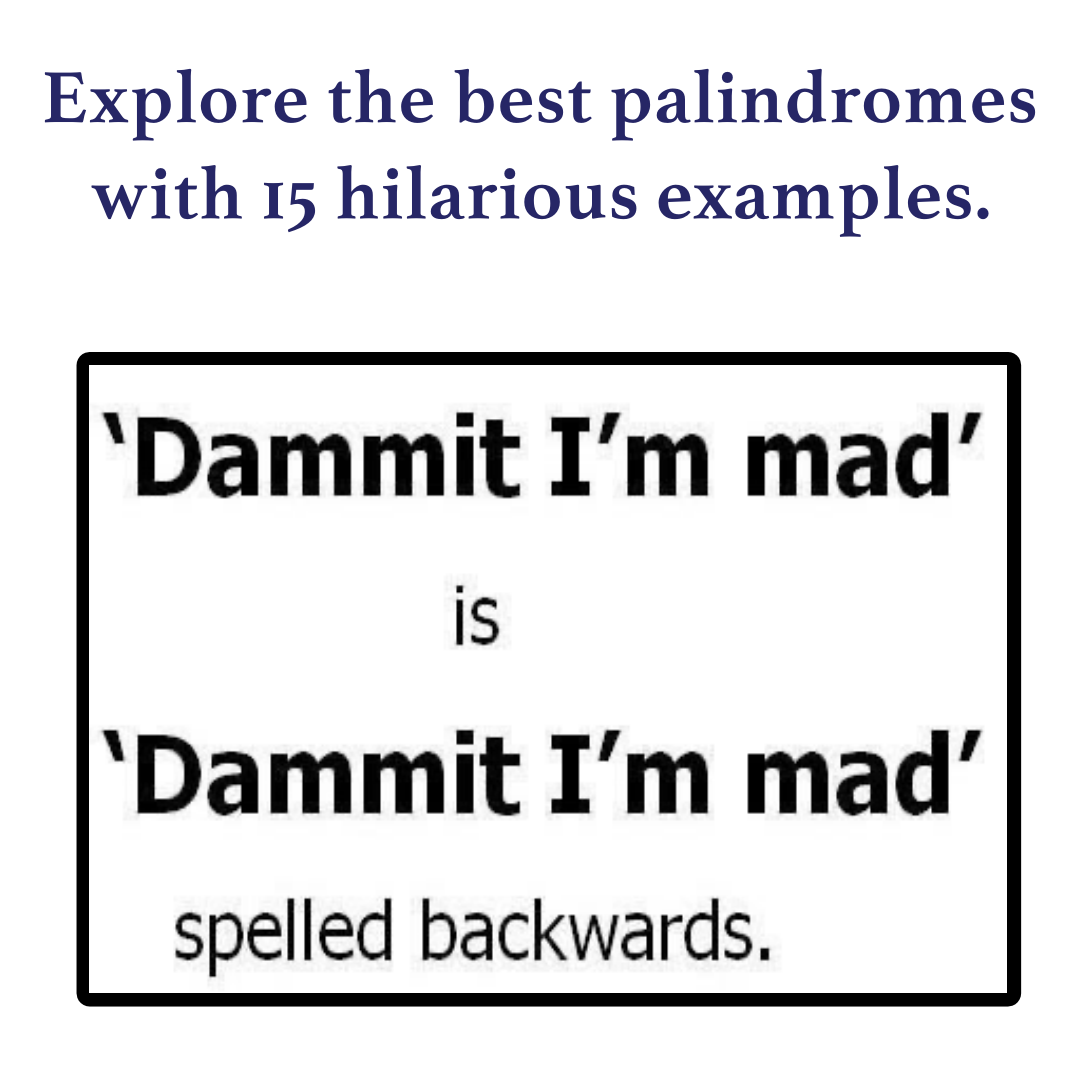The English alphabet is much more than a mere collection of letters—it’s a rich tapestry interwoven with centuries of history, cultural exchanges, and linguistic evolution. From the ancient runes of the Anglo-Saxons to the Latin influences that have shaped its present form, the alphabet we use today tells a captivating story. This article explores the origins of these 26 letters and uncovers how they came to form the foundation of one of the world’s most widely spoken languages.
Thank you for reading this post, don't forget to subscribe!The Origins and Evolution of the English Alphabet
The term “alphabet” itself originates from the Greek language, underscoring the diverse roots and layers of history embedded within the English alphabet. Over centuries, various languages and cultures have contributed to its development, molding it into the 26-letter system we recognize today. This journey began around the 7th century AD, during which the alphabet underwent significant transformations. Let’s delve deeper into the fascinating history behind each letter.

A – The Beginning of the Alphabet’s Journey
The letter “A” traces its origins back to an Egyptian hieroglyph depicting an ox head, which later found its way into the Phoenician alphabet. This early form served as a foundation for both the Greek and Latin alphabets, where the letter eventually took on its modern, inverted form .
B – From Shelter to Letter
The letter “B” evolved from an Egyptian pictogram symbolizing “shelter.” As this symbol was adopted by the Elder Futhark runes, it underwent several transformations before being adapted by the Greeks and Romans into the form we recognize today .
C – The Transformation of Shapes
“C” originated in the Phoenician alphabet, where it had a distinct angular shape. The letter made its way into English through Latin, gradually evolving into its current form.
D – The Doorway to New Alphabets
The letter “D” is believed to have been inspired by an Egyptian hieroglyph symbolizing a “door.” It evolved into the Semitic letter Dalet before being incorporated into the Greek and Latin alphabets.
E – The Most Frequent Letter
Like many other letters, “E” entered English via the Latin alphabet, which had adapted the Greek letter Epsilon. This, in turn, was originally derived from a Semitic source. The original Egyptian hieroglyph that inspired it depicted a man with raised hands. Today, “E” is the most commonly used letter in the English language .
F – The Evolution of Sound
The Phoenician letter Waw was adopted by the Greeks to represent a different sound, which later became the /f/ sound when the Romans borrowed it. The letter subsequently found its way into English.
G – A Roman Innovation
The letter “G,” as we know it today, appeared in Rome around 200-300 BCE. It was an adaptation of a Greek letter, modified to distinguish itself as a distinct character in the Roman alphabet.
H – The Fence of Alphabets
“H” originated from an Egyptian hieroglyph symbolizing a “fence” and passed through several writing systems, including the Semitic, Phoenician, Greek, and Latin alphabets, before becoming a part of the English language .
I – The Straight Line of Continuity
Derived from the Phoenician letter Yodh, “I” changed form in the Greek alphabet, becoming Iota. Its current form, a simple straight line, resembles the Etruscan version, emphasizing continuity through its evolution.
J – A Latecomer to the Alphabet
“J” became a distinct letter from “I” in the English alphabet only in the 16th century, heavily influenced by Romance languages such as French and Spanish. This differentiation was a significant development in the evolution of the English alphabet .
K – A Symbol of Diverse Origins
The letter “K” illustrates the diverse origins of the English alphabet. It comes from the Semitic letter Kaf, which in turn originated from an Egyptian hieroglyph symbolizing a “hand.” The letter entered English through the Latin alphabet, which utilized the Greek letter Kappa .
L – From Phoenician to English
The letter “L” was introduced into the English alphabet by the Romans, who had adopted it from the Phoenicians via the Greek alphabet. Its journey reflects the transmission of cultural and linguistic elements across different civilizations .
M – The Waves of Time
The letter “M” has its roots in an Egyptian hieroglyph representing “water.” Interestingly, its current appearance has remained largely unchanged since Roman times, demonstrating the stability of certain alphabetic symbols over millennia .
N – From Serpent to Sound
The letter “N” began as an Egyptian hieroglyph symbolizing a “snake.” Despite representing a different sound initially, it evolved through the Phoenician, Greek, Arabic, and Latin alphabets to take its present form .
O – The Circular Journey
“O” has retained much of its original circular shape since its inception as an Egyptian hieroglyph resembling an eye. This letter’s journey through different alphabets has preserved both its shape and phonetic value .
P – The Transformation Over Time
The letter “P” underwent significant changes from its early Semitic form. The Romans further developed it to the current shape, with the Greek letter Pi serving as a close relative in terms of appearance .
Q – An Etruscan Contribution
The letter “Q” entered the English alphabet from the Etruscan language through Roman adaptation, reflecting the influence of lesser-known languages on the development of the alphabet .
R – A Character with Roots
“R” was introduced into the English alphabet by the Romans, who had adopted it from the Phoenician letter Resh. Its shape and sound have been remarkably consistent across different writing systems .
S – The Curved Path
The letter “S” was adapted from the Greek letter Sigma (Σ) by the Romans, who altered its shape to the modern form used today in English .
T – The Unchanged Form
“T” is a letter that has retained a consistent shape and sound across multiple writing systems, including the Phoenician, Etruscan, Greek, and Latin alphabets .
U, V, and Y – Letters with Shared Origins
The letters “U,” “V,” and “Y” share a common origin in the Phoenician letter Waw. Their distinct identities began to emerge around the 14th century, with the differentiation between “U” and “V” completing by the 17th century .
W – The Double Letter
“W” developed as a separate letter from the digraph “VV” in the 14th century, with this process being finalized by the 17th century. This evolution highlights the dynamic nature of the English alphabet .
X – The Greek Connection
The letter “X” has Greek origins, derived from the letter Chi. It was later brought into the English alphabet by the Romans, maintaining its distinct shape and sound .
Z – The Final Letter
“Z” was derived from the Greek letter Zeta, which the Romans borrowed. It holds the distinction of being the last letter in the English alphabet, representing the culmination of a rich and varied history .
Conclusion: A Legacy of Linguistic Innovation
Understanding the history of the English alphabet is like uncovering a treasure map that leads to the very heart of language itself. Each letter carries echoes of ancient civilizations, cultural shifts, and linguistic innovations. By exploring this rich past, we not only gain a deeper appreciation for the English language but also gain insight into the global influences that have shaped it. The next time you write a word, remember—you’re not just putting pen to paper; you’re continuing a legacy that spans millennia.
You can also watch this
References:
- Daniels, Peter T., and William Bright, eds. The World’s Writing Systems. Oxford University Press, 1996.
- Robinson, Andrew. The Story of Writing: Alphabets, Hieroglyphs & Pictograms. Thames & Hudson, 2007.
- Coulmas, Florian. The Blackwell Encyclopedia of Writing Systems. Wiley-Blackwell, 1999.
Read Also: 16 Funny Words That Sound Ridiculous but Are Totally Real







